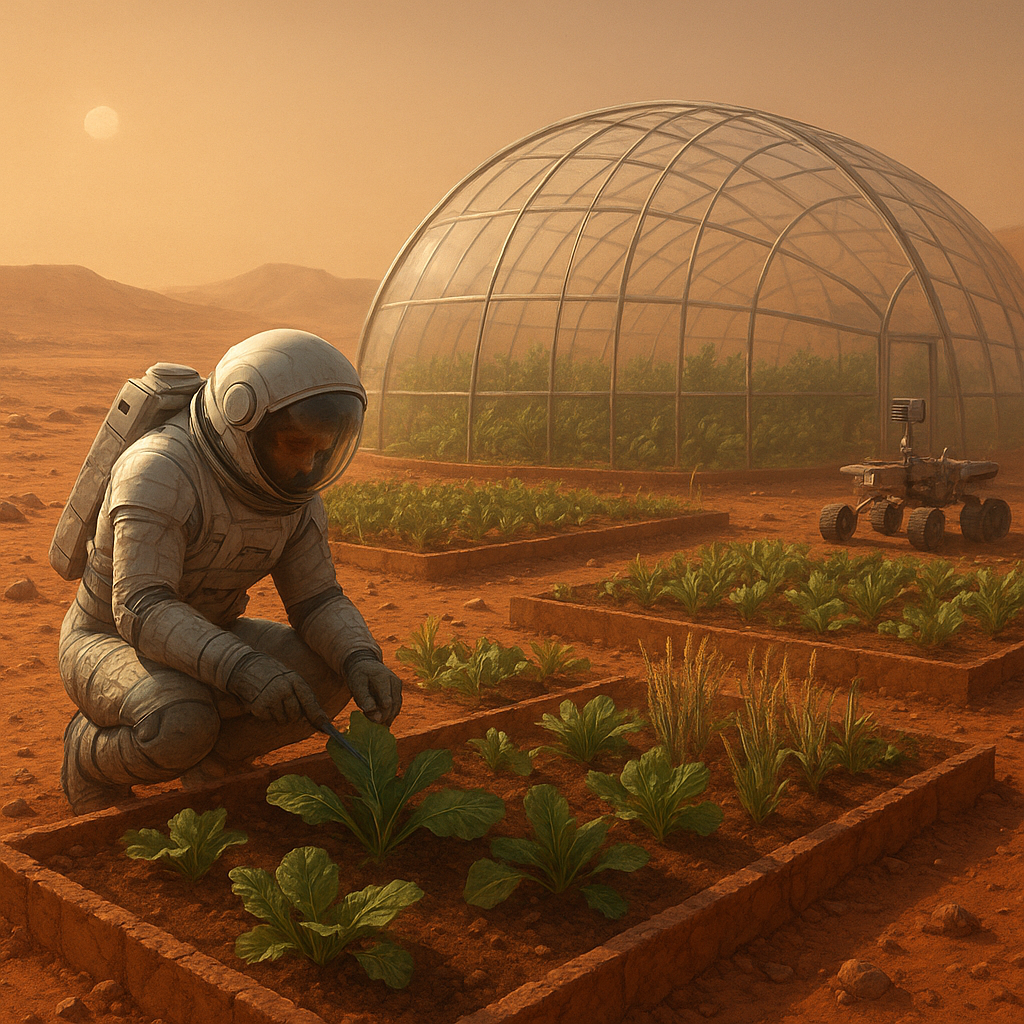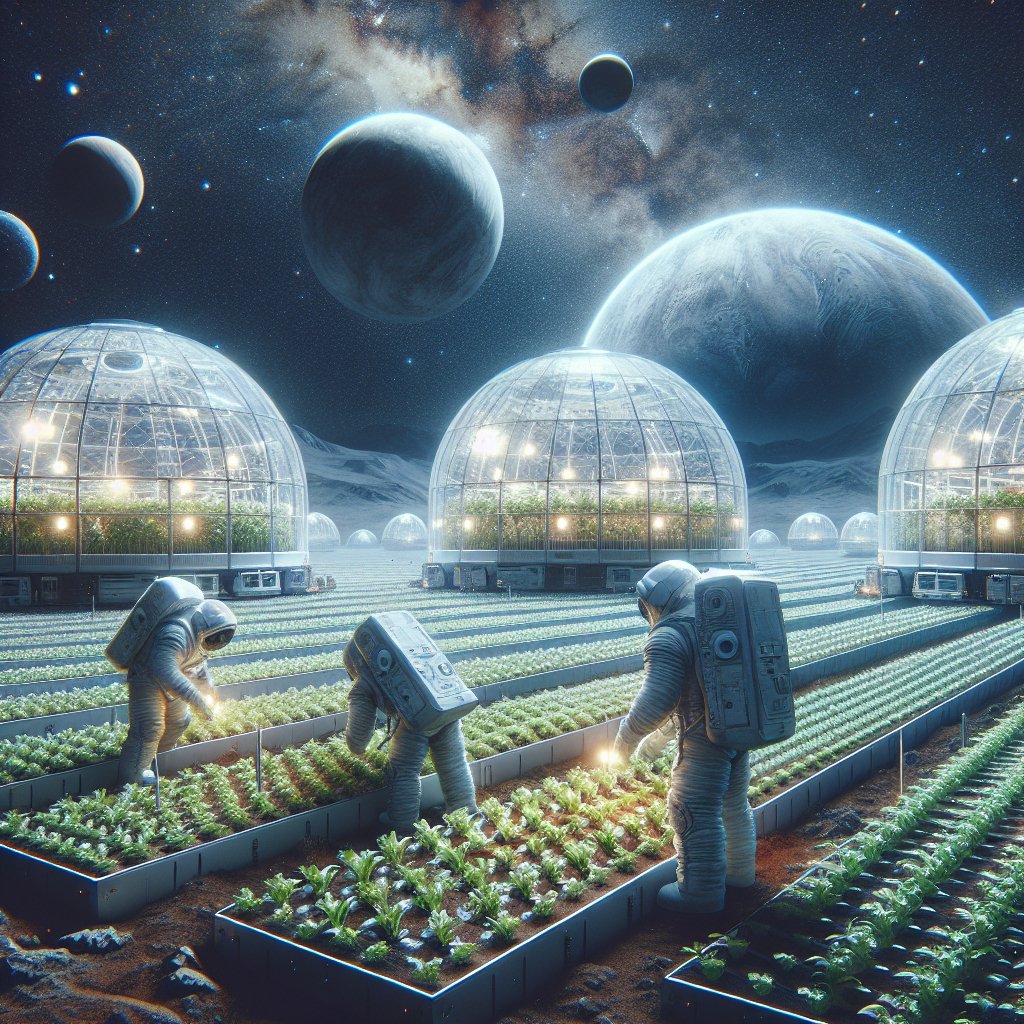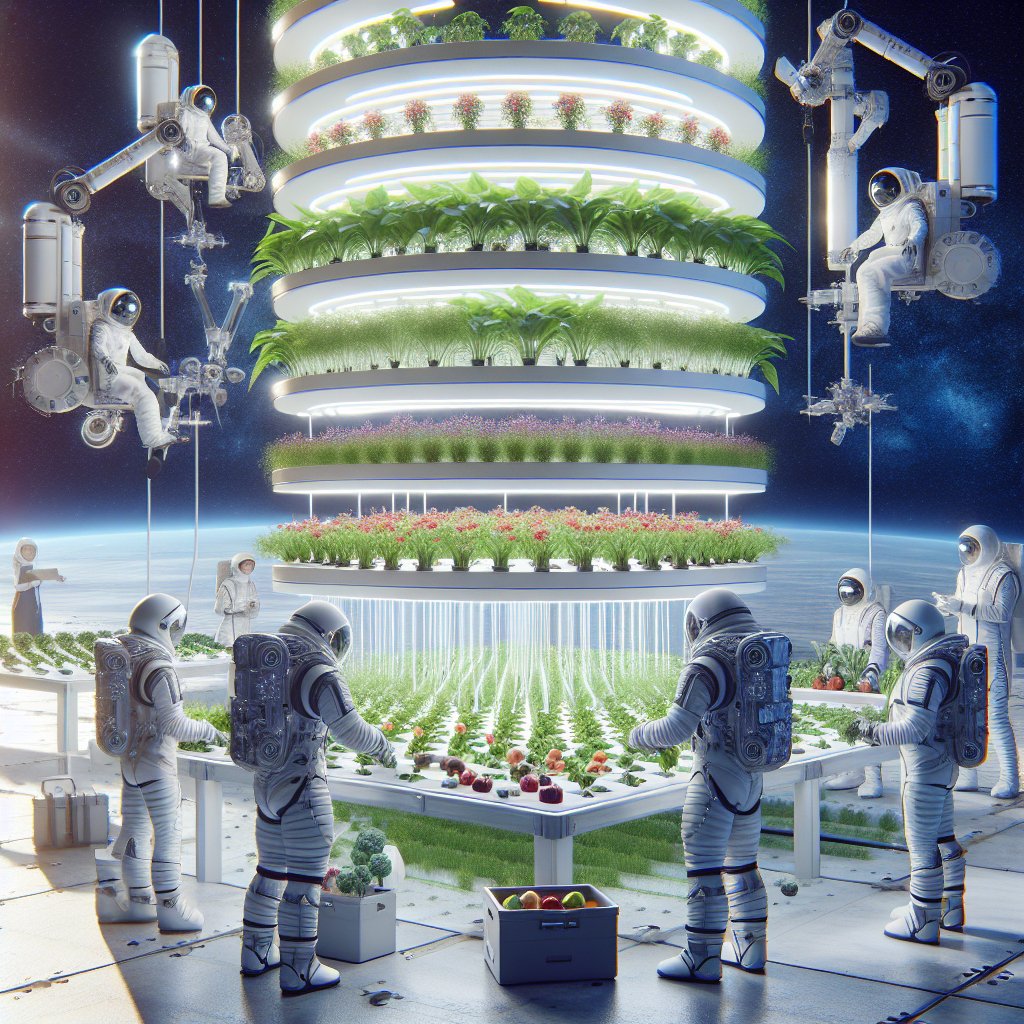Farming Beyond Earth: The Future of Space Agriculture explores the bold pursuit of cultivating life beyond our planet. As humanity prepares for long-duration missions and off-world settlements, the quest to establish self-sufficient food systems has become a cornerstone of interplanetary exploration. This article examines the pioneering efforts, cutting-edge technologies, and daunting challenges that define the emerging field of agriculture in space.
From Earth to Orbit: Pioneering Agricultural Frontiers
Early experiments in space farming began with simple plant germination studies aboard sounding rockets and orbital platforms. Investigators aimed to understand how reduced gravity, cosmic radiation, and closed environments impact seed germination, growth rates, and nutrient uptake. Over decades, these tests evolved into sophisticated facilities such as NASA’s Veggie and Advanced Plant Habitat on the International Space Station (ISS).
Key milestones include:
- 1970s Soviet Biosputnik missions demonstrating wheat and pea growth in low Earth orbit.
- 1995 Shuttle-based STS-63 experiments with hydroponics systems evaluating nutrient film techniques.
- 2015 deployment of the Veggie plant growth unit, yielding lettuce heads consumed by astronauts.
- 2019 installation of the Advanced Plant Habitat, offering full environmental control of light, temperature, and humidity.
These achievements have produced valuable data on plant physiology in microgravity, revealing altered root behaviors, directional growth responses, and shifts in gene expression. Overcoming these unique physiological responses remains a vital step toward reliable off-world food production.
Technologies Shaping Space Agriculture
Advanced Growth Systems
Designing efficient plant chambers for spacecraft and extraterrestrial habitats relies on multiple innovative approaches:
- Hydroponics: circulating nutrient-rich solutions directly to plant roots, eliminating soil.
- Aeroponics: misting roots with fine nutrient droplets, optimizing oxygen access and water efficiency.
- Aquaponics: combining fish bioreactors with plant beds to recycle waste into organic nutrients.
These methods maximize resource utilization while minimizing mass and volume—critical factors for stowed payloads. Modern designs integrate modular growth racks, transparent cultivation containers, and smart sensors to track pH, electrical conductivity, and biomass accumulation in real time.
Environmental Control and Life Support Integration
Successful off-world farming demands fully integrated life support:
- Air revitalization systems to scrub CO2 emitted by crew and plants and to replenish oxygen.
- Water reclamation units that purify graywater, urine, and condensate for reuse in nutrient solutions.
- Thermal management loops to maintain optimal root zone and shoot temperatures despite extreme external climates.
Advances in closed-loop and bioregenerative systems are enabling simultaneous waste processing and food production, creating self-sufficient habitats where nothing is discarded.
Challenges and Opportunities for Martian and Lunar Farms
Establishing gardens on the Moon or Mars poses formidable obstacles. Both environments expose crops to:
- High-energy radiation that can damage DNA and stunt growth.
- Low atmospheric pressure (on Mars) or vacuum (on the Moon), necessitating pressurized greenhouse modules.
- A scarcity of liquid water, requiring energy-intensive ice extraction or importation from Earth.
- Regolith-based soils rich in perchlorates and heavy metals, toxic to most terrestrial plants.
Yet the potential benefits are equally compelling:
- In-situ resource utilization (ISRU) to convert regolith into nutrient media, reducing launch mass.
- Enhanced crew health by providing fresh produce rich in vitamins, antioxidants, and fiber.
- Psychological comfort and recreation through nurturing living systems in isolated habitats.
- Proof of concept for sustainable human presence beyond Earth’s biosphere.
Researchers are experimenting with microbial inoculants and soil amendments to detoxify Martian regolith, while engineered greenhouses harness transparent aluminum or multi-layer polymer walls to shield crops from radiation and micrometeorites. Robust redundancy in critical systems fosters resilience against failures, ensuring crews maintain food supplies during extended missions.
The Future Landscape: From Research Stations to Interplanetary Greenhouses
Looking ahead, space agriculture will evolve from small experimental racks to large-scale, automated farms supporting entire colonies. Key trends include:
- Vertical farming towers stacked within habitat modules, multiplying yield per cubic meter.
- Robotic tending systems that prune, pollinate, and harvest crops with precision and care.
- AI-driven monitoring platforms that predict nutrient deficiencies, pest outbreaks, and growth anomalies.
- Integration of algae and insect protein production for complete nutritional profiles in closed habitats.
Private companies and international partnerships are forging the next generation of orbital agricultural stations, serving as testbeds for lunar and Martian deployment. Projects such as ESA’s MELiSSA loop and NASA’s Artemis agricultural plan envision fully functional, self-sustaining farms within the next two decades. These endeavors hinge on relentless innovation in materials, automation, and biological sciences.
Ultimately, mastering space-based cultivation will not only empower human expansion throughout the solar system, but also drive breakthroughs in terrestrial sustainability. The same technologies that deliver fresh vegetables to astronauts could revolutionize urban farming on Earth, conserving water and eliminating chemical pesticides. As we push the boundaries of life support, the lessons learned beyond our atmosphere guarantee a more secure and abundant future for all.
Whether establishing verdant lunar greenhouses or cosmic reef bioreactors, the quest to farm among the stars exemplifies humanity’s enduring spirit of exploration. By harnessing the synergy of advanced systems and biological ingenuity, the era of extraterrestrial food production beckons—a testament to our resilience in overcoming the harshest frontiers and ensuring life thrives wherever we venture.




